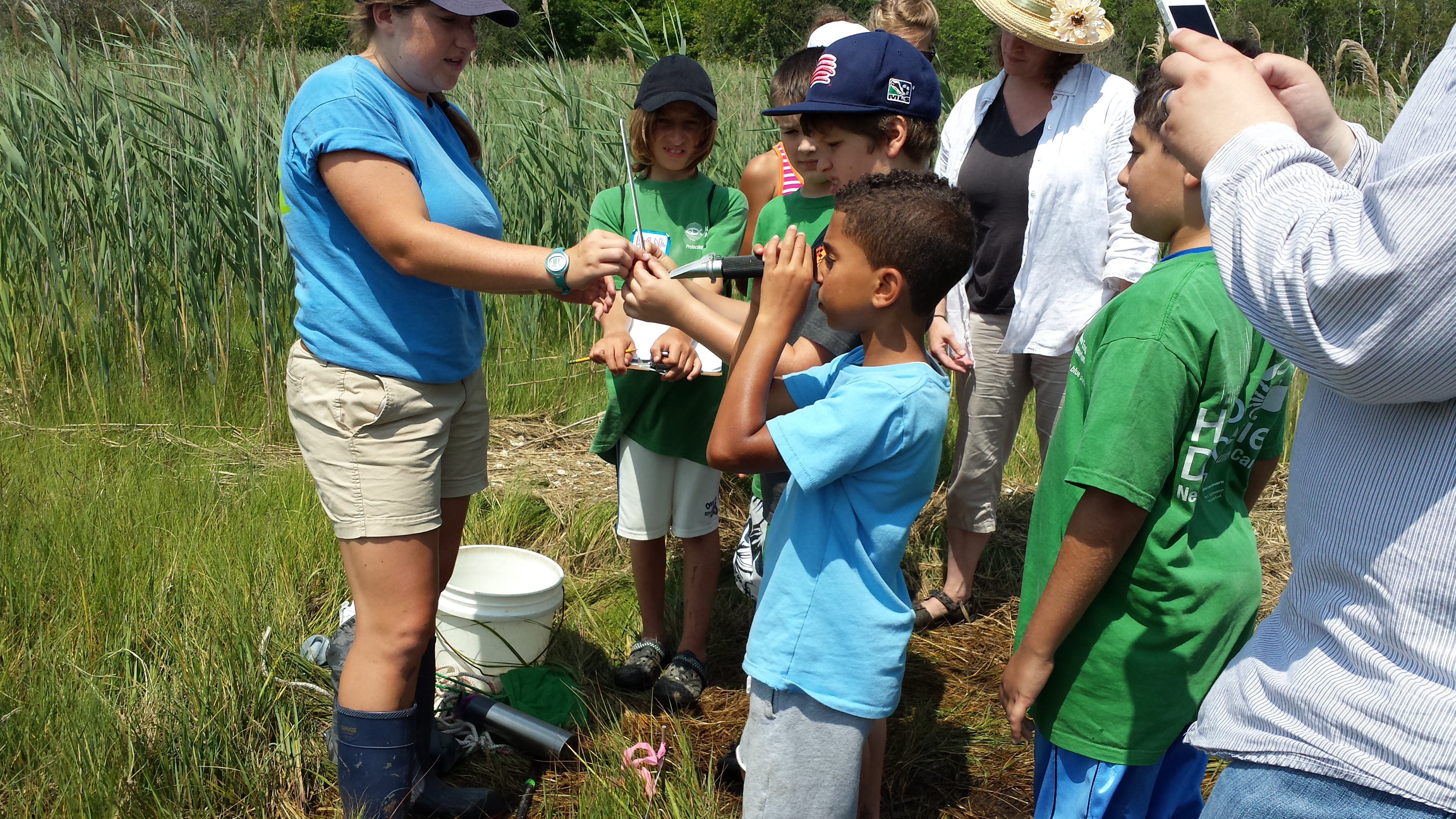
Home Is Where The Citizen Science Is
By Sarah Newman
Sarah Newman is part of the Communications Committee for CitSci.org, a community-driven website that provides tools for any new or existing research.

When e-coli levels spiked in area waters, Virginia Master Naturalists stepped in to help. As part of a citizen science project, they conducted pre and post-intervention data collection to help determine whether or not management actions were reducing e-coli abundance.
Why? Because Virginia is a place they call home. And a new paper by a team of researchers, including lead author and CitSci.org director Greg Newman, demonstrates that when a connection to ‘home’ or a connection to a specific place, called ‘the power of place’, is incorporated into the planning and implementation of citizen science projects, those projects are more effective.
In Leveraging the power of place in citizen science for effective conservation decision making, researchers wanted to identify why so many citizen science projects struggle to see results in three key areas – 1) meeting decision maker needs, 2) generating useful data to inform decisions, and 3) improving community social-ecological resilience.
The team analyzed 134 case studies from three large citizen science organizations, CitSci.org, The Stewardship Network New England, and EarthWatch. They coded the projects across five place-based dimensions, looking at whether or not the projects emphasized connectedness to natural and human communities, what stories and unique place names the projects included, whether the projects sought creative, meaningful, and innovative ways participants could help shape the project and the place, and other areas.
The data demonstrated that incorporating the concept of ‘power of place’ into the planning and implementation of citizen science projects improves conservation decision making and may increase project participation and improve community resilience. The Virginia Master Naturalist e-coli monitoring program included their volunteers in the process of determining whether initial management decisions demonstrated desired results. In another project, the Maine Brook Trout Survey, volunteer anglers surveyed remote ponds and streams for trout and results were used to help inform fisheries management decisions. These are a just few examples uncovered by the authors of projects incorporating place in ways that improved effectiveness for decision making.
Read the full paper to learn how you can incorporate the ‘power of place’ for a more effective citizen science project in the places you call home.
Leveraging the power of place in citizen science for effective conservation decision making (open access).
Connect with EcoPress on social media! Like us on Facebook and follow us on Twitter, @nrel_science, for more stories and news.